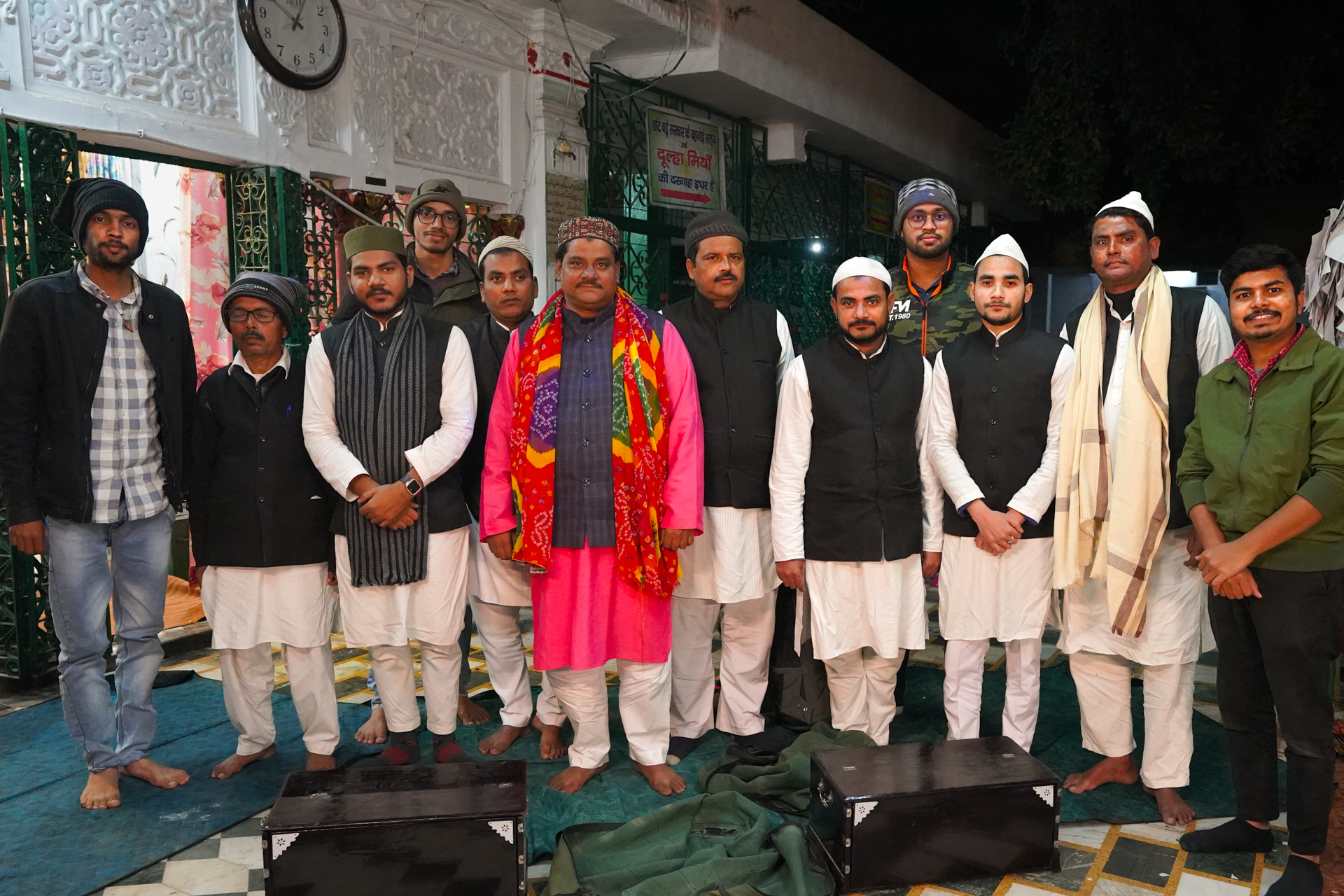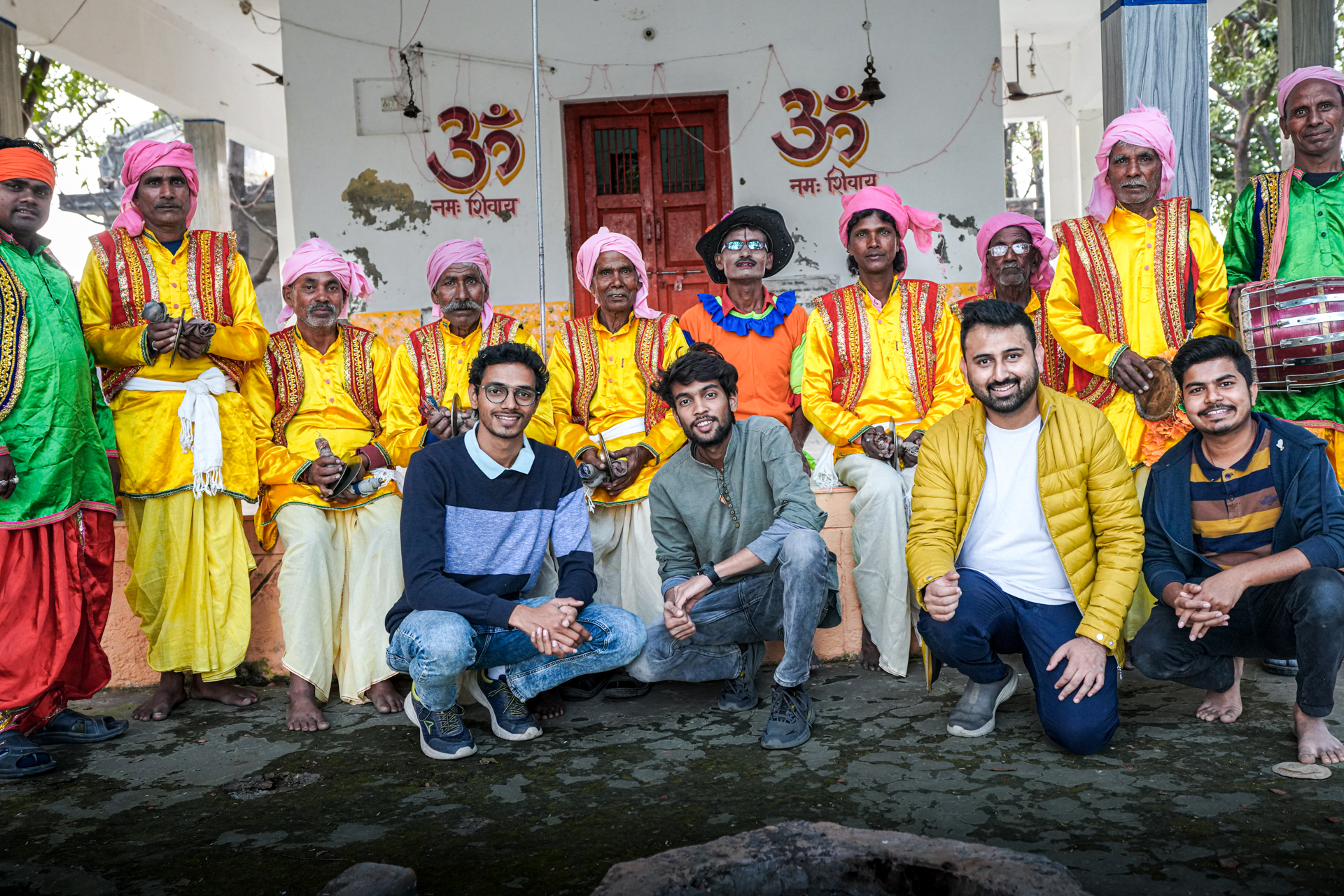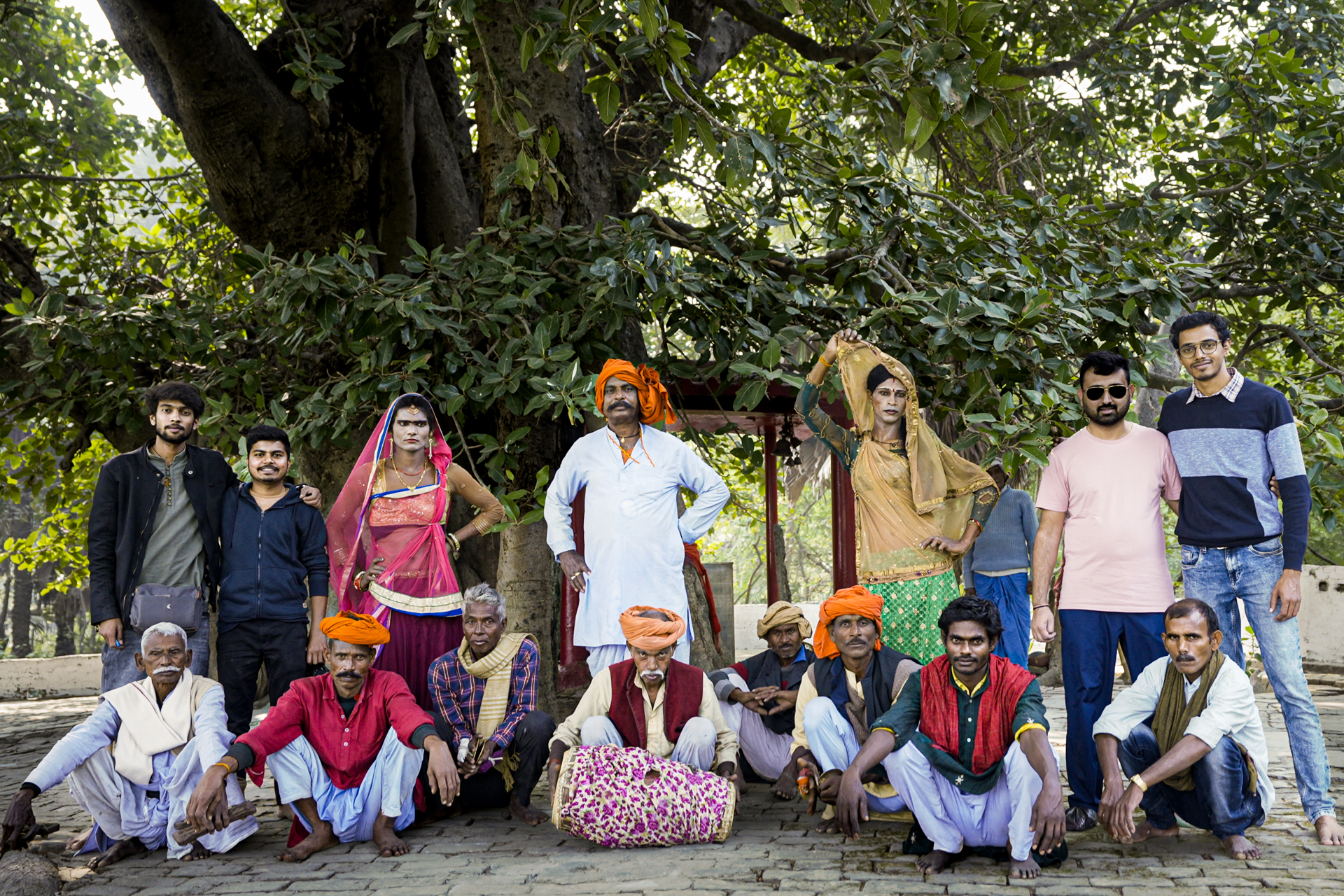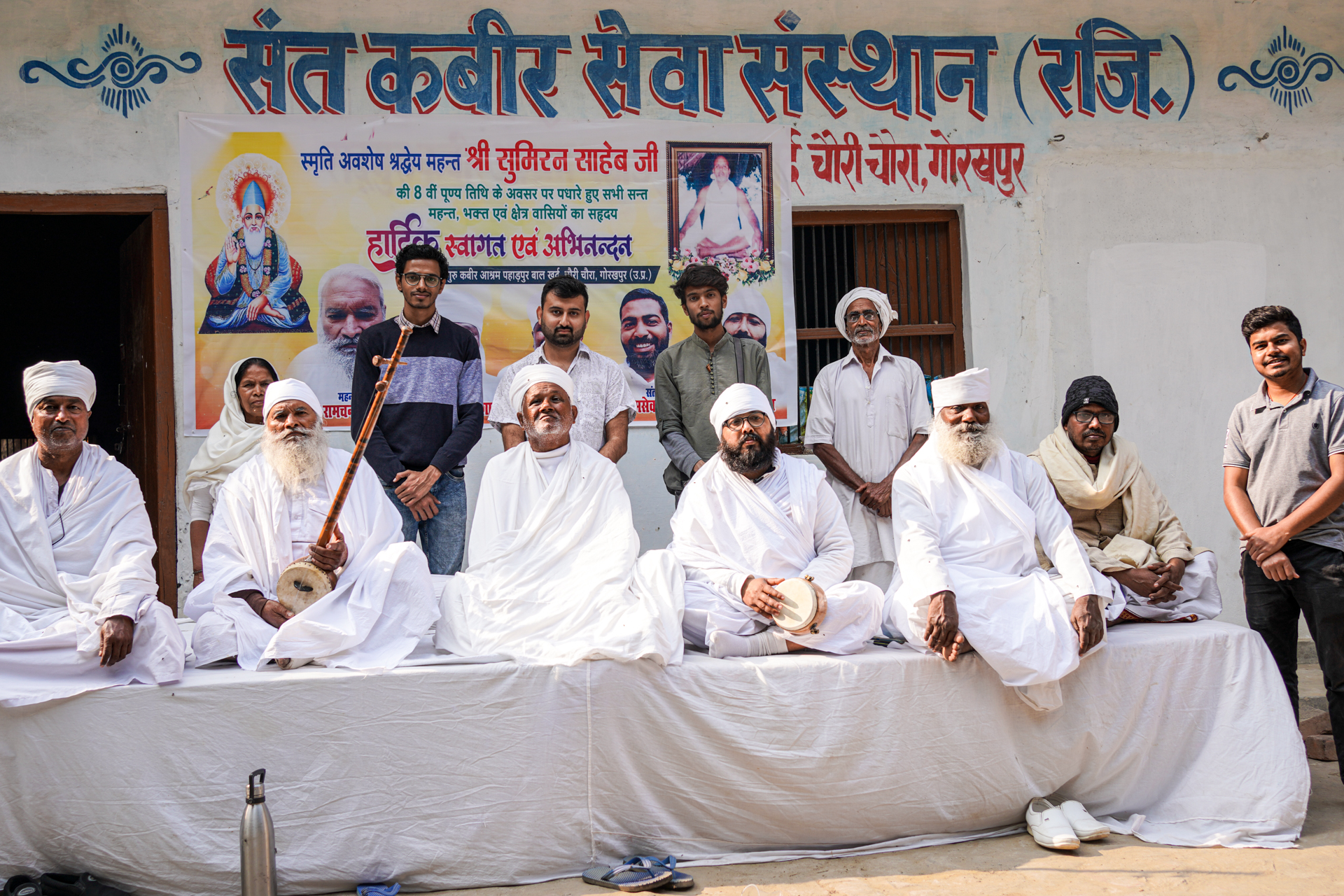
“Gwjwna fwrni” (Music heals): Echoes of Bodo Loksangeet tradition
On our third day in Assam, the rain showers grew on us. Shooting in the rain was challenging, but we were lucky to have both sunlight and showers in balance that day. We arrived in Sonapur, eagerly awaiting the Bodo culture and folk music to unfold before us. Soon, we met Bikrama Khakhlari, a Bodo folk singer and dancer, accompanied by her talented team.
Bodo, also called Boro, is a culture that takes centre stage as the largest and most captivating ethnolinguistic group in Assam. The music of Bodo tradition is one that echoes through the symphony of all Bodo people.
An intriguing aspect of their culture lies in the “Bathou” philosophy, which beautifully encapsulates the essence of most Bodo folk music. In the Bodo language, “Ba” signifies five, and “Thou” translates to deep. The number five holds immense significance in Bodo culture as it represents the five fundamental elements of nature: earth, water, air, fire, and ether. These elements are revered as sacred, and their folk music traditions are a poetic tribute, singing and dancing to songs that honour and celebrate the wonders of nature.
Bikrama also shared that there are about 18 Bodo dance folk forms that come under the “Kherai” songs that encompass the various seasons, songs of life and of celebrations, and thanksgiving. Kherai dances are, therefore, the prayer dances of Sibrai or Bathou
As the group prepared for the shooting, the instrumentalists unpacked their instruments one by one to tune them and get them ready to be played. Among them, the most intriguing find was the “Serja ” – a unique string-bowed instrument traditionally played with a bamboo bow. Its distinct structure produces a purely folksy sound that beautifully accompanies various Bodo folk performances, including bagurumba dance, bwisagu dance, domasi dance, and raijwjanai dance, alongside other Assamese instruments. The Serja player in the group shared that once you start playing this instrument, it becomes an inseparable part of your daily life, making it hard to put down.
Another interesting mention is of a cloth called “Gamosa”. Gamosa, a traditional handwoven cloth with intricate designs, holds immense cultural significance in Assam. It is used for various purposes, including adorning musical instruments like the Kham (Assamese drum) and symbolises identity, hospitality, respect, and pride in Assamese culture. We watched as a group member deftly wrapped the gamosa around the Kham instrument, swiftly covering it from start to finish.
The group of 6 started with a devotional song called “Kherai aaros”. The Kherai Aaros songs of the Bodo tribe in Assam are traditional devotional or bhakti songs that hold deep cultural and spiritual significance. These songs are dedicated to the deity Kherai, who is revered as a protector and provider of well-being and prosperity. Through melodic and rhythmic expressions, the Bodo people express their reverence and devotion, seeking blessings for their community and individual lives.
With her melodious vocals, Bikrama sang to the deity Kherai, beckoning everyone to join in prayer and devotion.
Their second song featured the vibrant festival “Bwisagu ” where the uplifting chorus was
“Baisagu bwisagu” (Bwisagu is here). Baisagu, being a prominent Bodo festival, is celebrated during the Baisakh month (April-May). It is a time of great joy and merriment, marked by vibrant music, dance, and cultural performances. Bodo musicians and artists play a significant role during this festival, showcasing their talents and enlivening the atmosphere with their melodious tunes.
Bikrama and her group hail from the Guwahati, Bagsa, and Nagaon districts of Assam. They are all adept folk musicians who sing, dance and play Bodo folk forms native to Assam. They are stalwarts working day in and day out through being folk musicians. Additional praise goes to these musicians as folk, a distinct genre from mainstream music, is challenging to pursue as the source of income isn’t always constant.
In rural areas, many folk musicians lead a life of farming, playing music whenever they find an opportunity. As the group’s leader, Bikrama actively leverages her network of artists, providing them with valuable exposure to perform in various programs and events. Her conviction stems from the belief that these musicians possess a profound understanding of age-old folk traditions. When they play, they breathe life into the history of the folk form, as it remains deeply ingrained in them from their upbringing.
This group was a perfect example of how some musicians play to earn, whereas some musicians earn to play.
– Meghal Sharma (Research Fellow)









